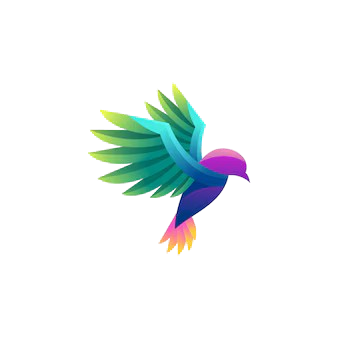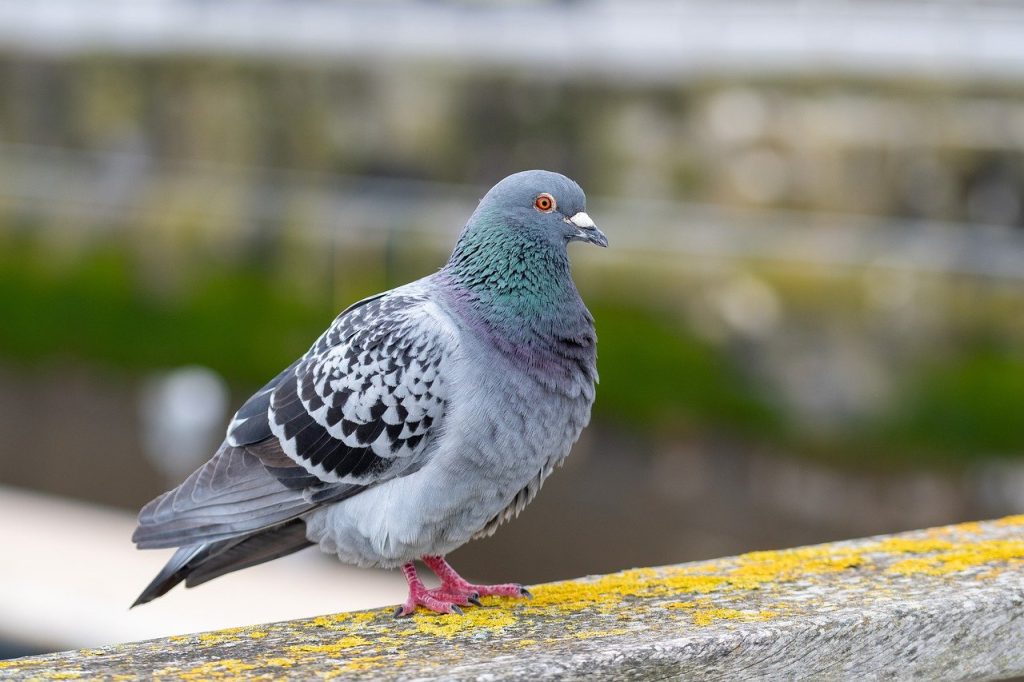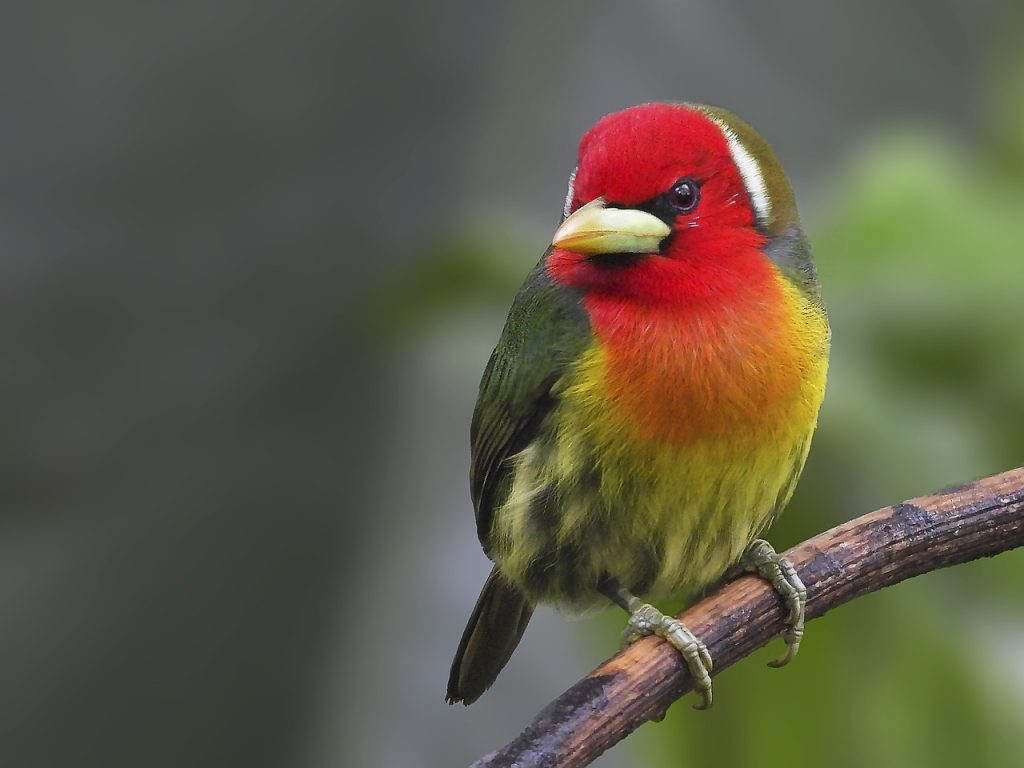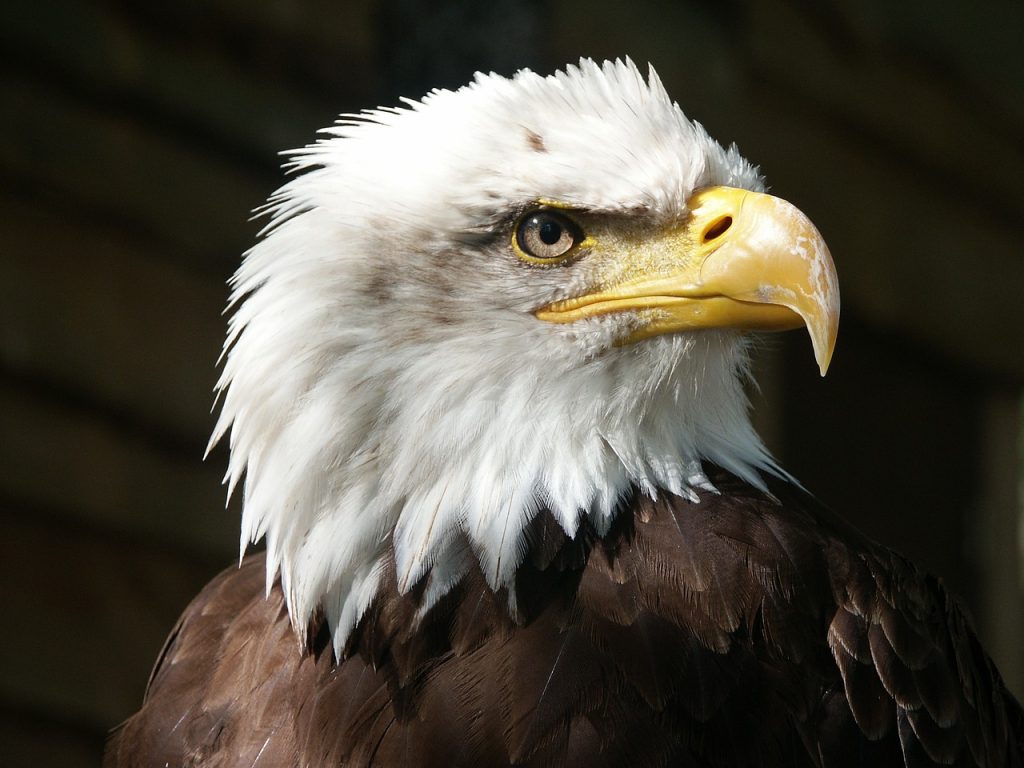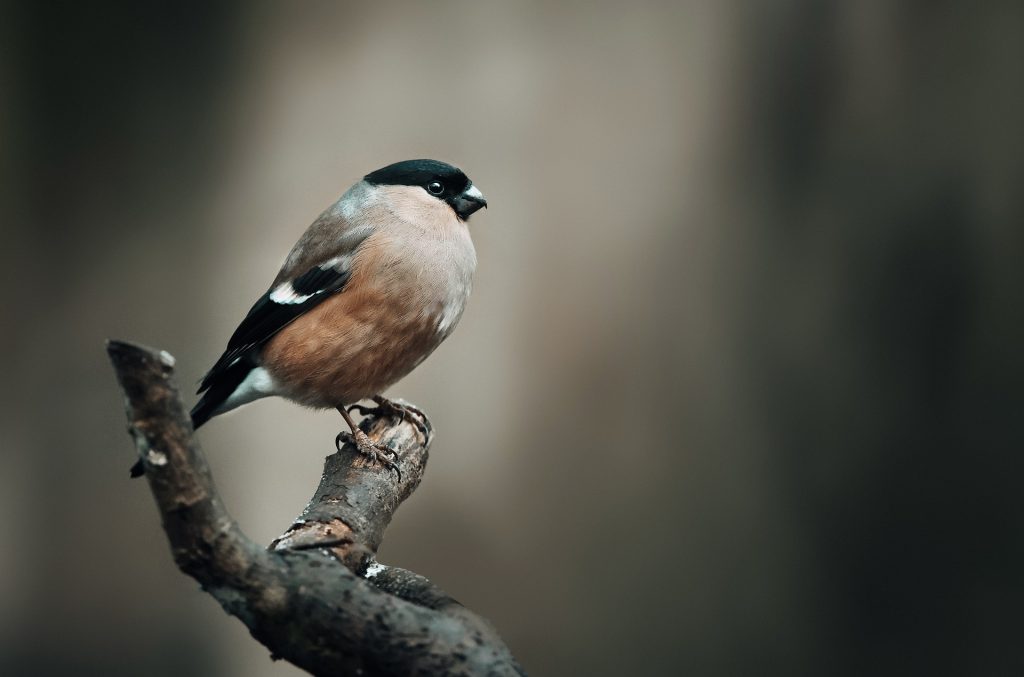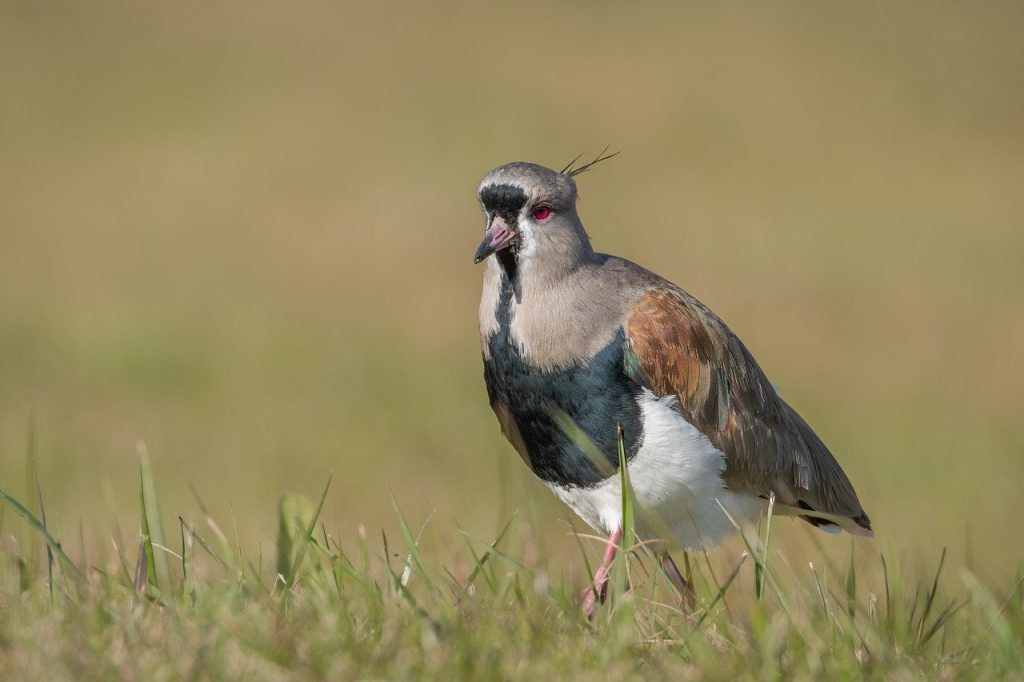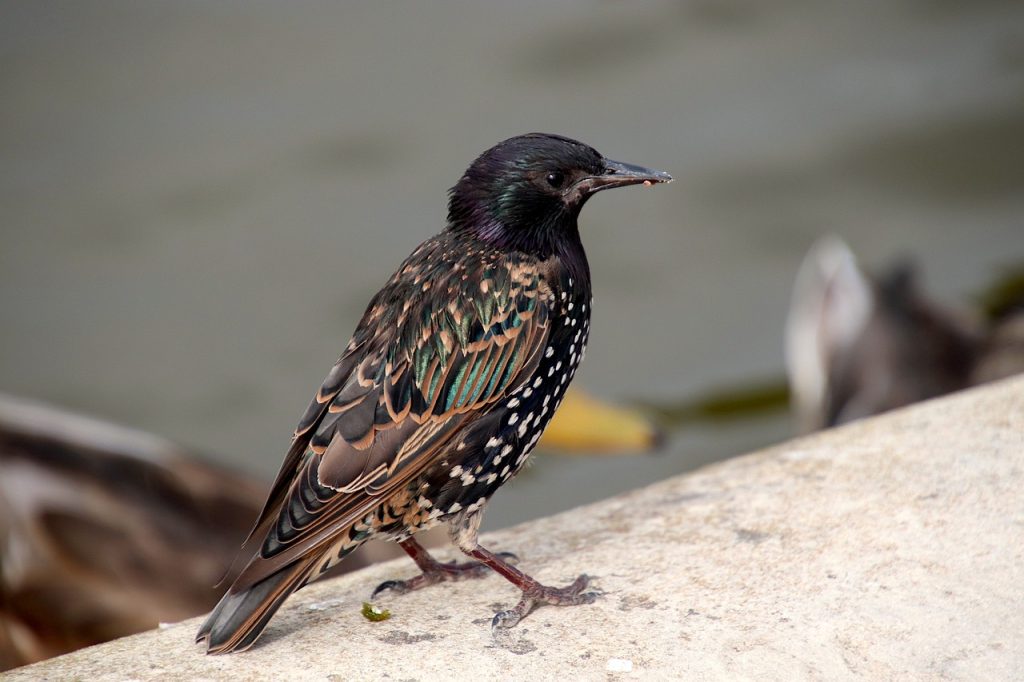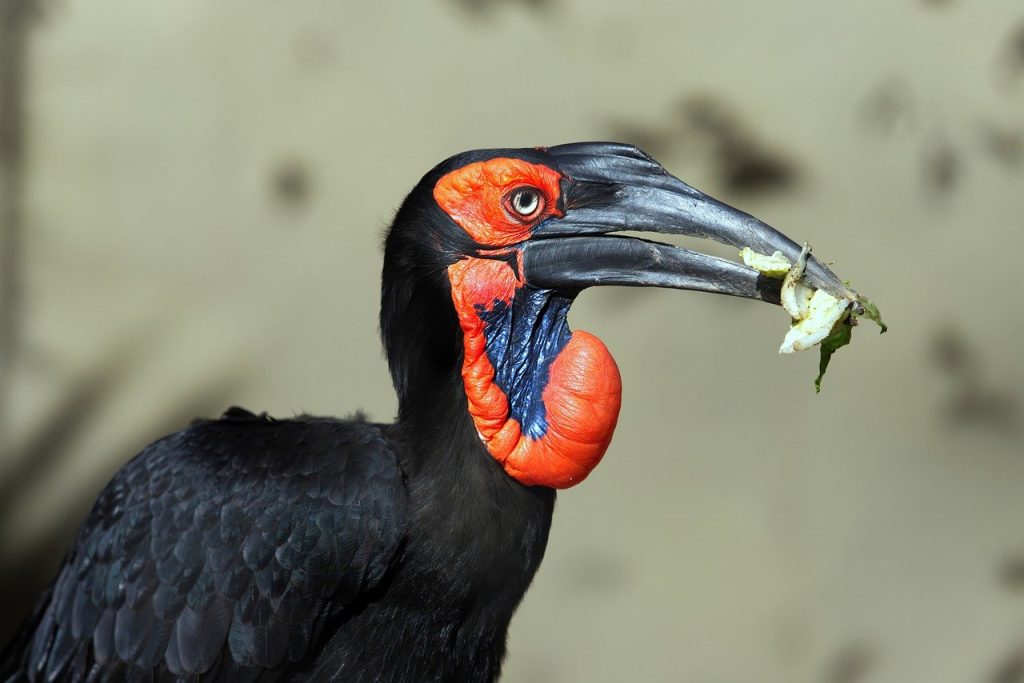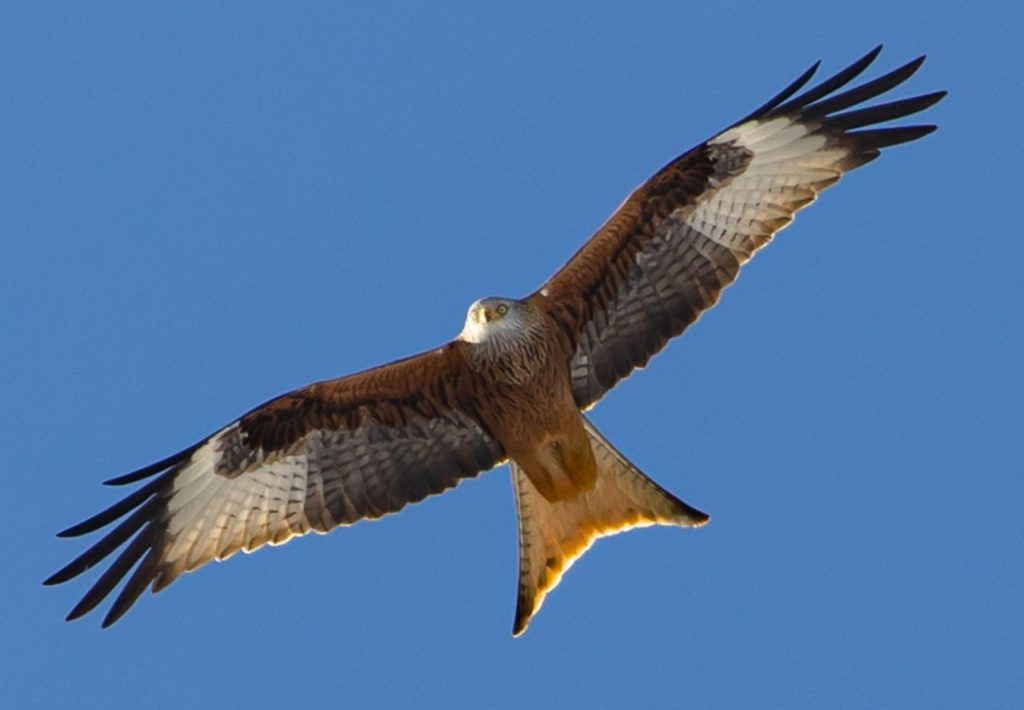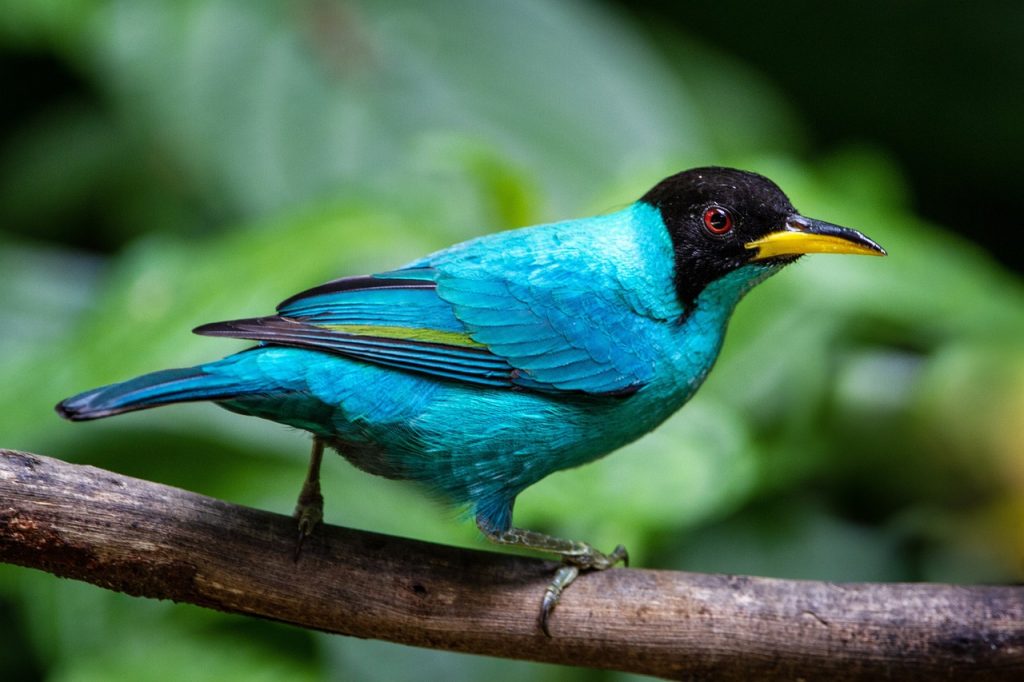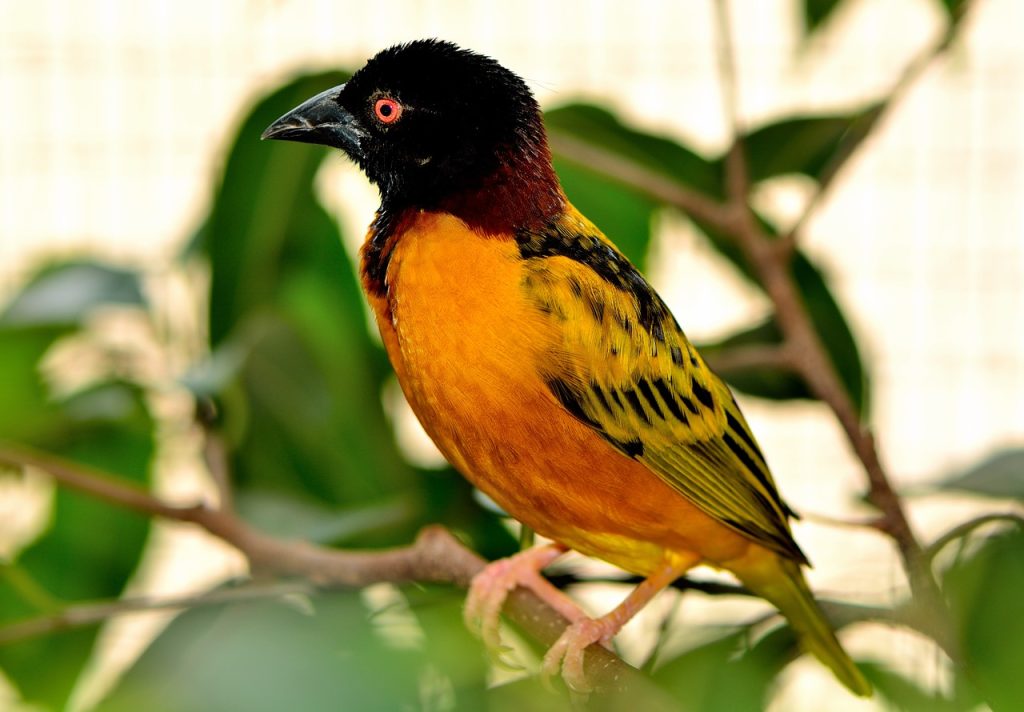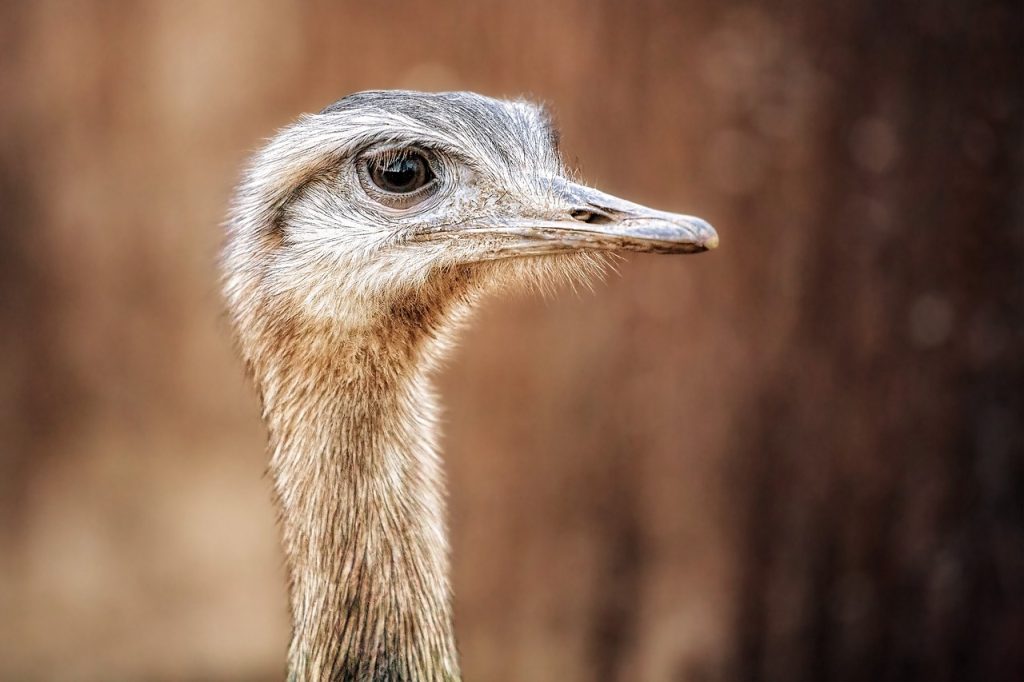10 Common UK Birds
The United Kingdom may not boast the colorful avian diversity found in other regions, but its birdlife is rich nonetheless. Here are ten of the most common birds you’re likely to encounter across the UK, each with its own unique charm and characteristics. 1. Wood Pigeon Scientific Name: Columba palumbusLifespan: Up to 15 yearsSize: 40-42 cmWeight: 480-550 gWingspan: 75-80 cmPopulation: 5,150,000 breeding pairsStatus: Amber Wood pigeons, the largest pigeons in the UK, are distinguishable by their grey bodies, blue-grey heads, and white neck patches. Males flaunt a pink chest with an iridescent purple patch. 2. Magpie Scientific Name: Pica picaLifespan: 3-6 yearsSize: 44-46 cmWeight: 210-250 gWingspan: 52-60 cmPopulation: 600,000 breeding territoriesStatus: Green Magpies sport black heads, breasts, wings, and backs with a white belly and undertail. Their plumage shines with a purple-blue sheen when hit by sunlight. 3. Blackbird Scientific Name: Turdus merulaLifespan: 3-5 yearsSize: 24.5-25 cmWeight: 80-100 gWingspan: 34-38.5 cmPopulation: 5-5.1 million breeding pairsStatus: Green Male blackbirds are black with yellow bills, while females are dark brown with streaky undersides. They feed on insects, worms, and berries. 4. Collared Dove Scientific Name: Streptopelia decaoctoLifespan: 3 yearsSize: 32 cmWeight: 180-220 gWingspan: 51 cmPopulation: 810,000 breeding pairsStatus: Green With pale grey plumage and a black half-collar, collared doves are a common sight across the UK. Both males and females share similar appearances. 5. Long-tailed Tit Scientific Name: Aegithalos caudatusLifespan: 2-3 yearsSize: 13-15 cmWeight: 7-10 gWingspan: 16-19 cmPopulation: 340,000 breeding territoriesStatus: Green Recognizable by their round bodies, black heads, and long tails, long-tailed tits are energetic insect hunters found throughout the UK. 6. Goldfinch Scientific Name: Carduelis carduelisLifespan: 8-10 yearsSize: 12 cmWeight: 14-19 gWingspan: 21-25.5 cmPopulation: 1.2 million breeding pairsStatus: Green Male goldfinches boast bright red faces with black caps, while females exhibit subtler colors. They’re known for their melodious songs and feeding on insects and seeds. 7. Chaffinch Scientific Name: Fringilla coelebsLifespan: Up to 10 yearsSize: 14.5 cmWeight: 18-29 gWingspan: 24.5-28.5 cmPopulation: 6.2 million breeding pairsStatus: Green Male chaffinches have blue heads and reddish backs, while females are grey-brown. They’re often heard singing from branches across the UK. 8. Wren Scientific Name: Troglodytes troglodytesLifespan: 2-3 yearsSize: 9-10 cmWeight: 7-12 gWingspan: 13-17 cmPopulation: 8.6 million breeding territoriesStatus: Amber Wrens, though tiny, are widespread in the UK. With brown plumage and a shy demeanor, they’re often overlooked despite their common presence. 9. Dunnock Scientific Name: Prunella modularisLifespan: 2-3 yearsSize: 14 cmWeight: 18-24 gWingspan: 19-21 cmPopulation: 2.3 million breeding territoriesStatus: Amber Resembling sparrows, dunnocks feature brown plumage and grey heads. They feed on insects, spiders, worms, and seeds. 10. Carrion Crow Scientific Name: Corvus coroneLifespan: 5-10 yearsSize: 45-47 cmWeight: 370-650 gWingspan: 93-104 cmPopulation: 1 million breeding territoriesStatus: Green Completely black with a thick bill, carrion crows are intelligent birds often confused with ravens. They feed on a variety of foods, including carrion, insects, seeds, and fruit. Conclusion: While the UK may lack the flamboyant avian species found in other regions, its common birds are a vital part of its natural heritage. Keep an eye out for these feathered friends on your next outdoor adventure!
